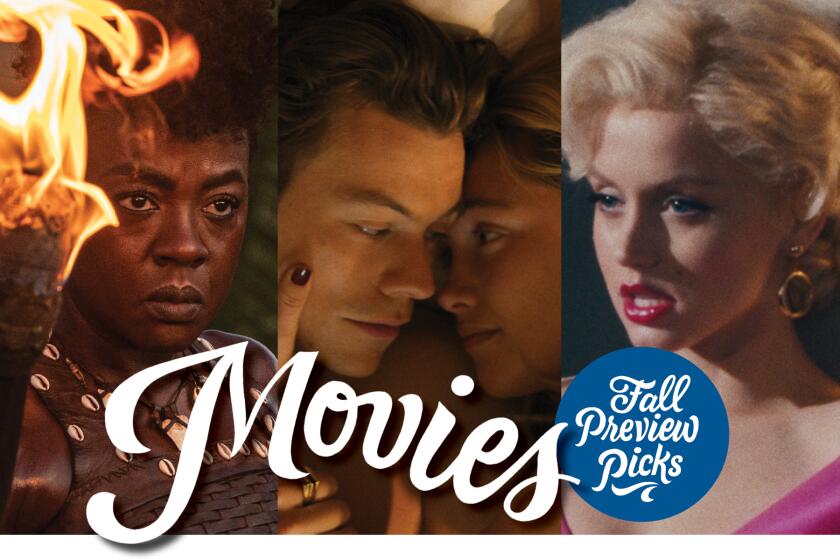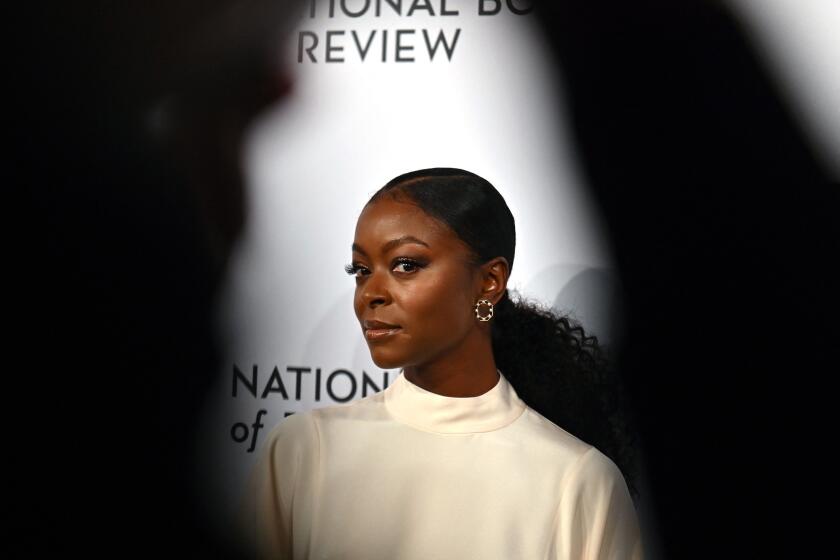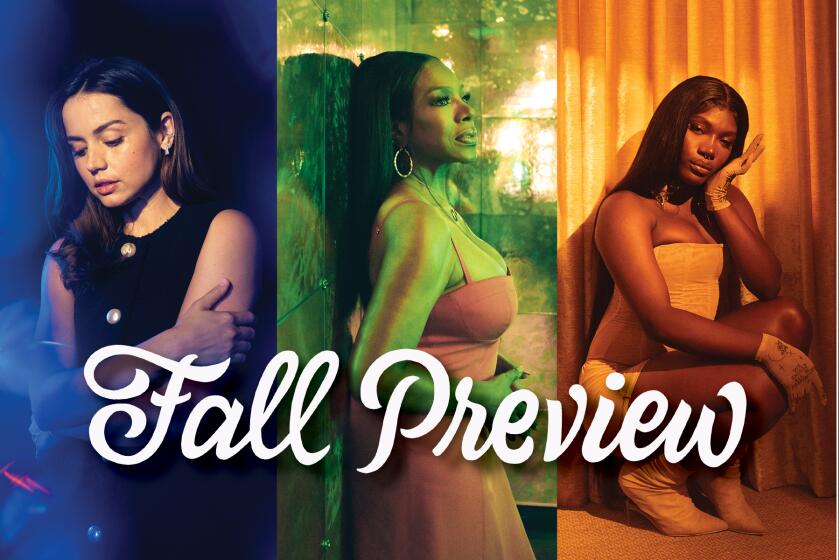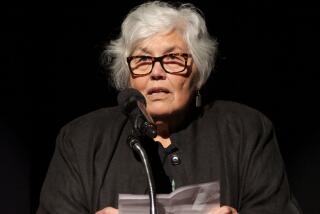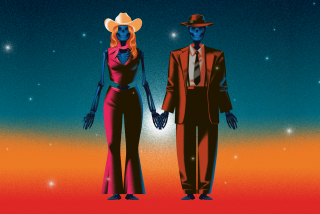
Graciously illuminated by the midafternoon California sun, Ana de Armas tries to recall when or how she first became aware of Marilyn Monroe. The fast-rising star can’t pinpoint when their paths first crossed.
“To be honest, I don’t think I remember the first time I saw her,” she said during a recent chat from her home in Los Angeles.
It may have been decades ago in Santa Cruz del Norte, Cuba — perhaps one of Monroe’s movies played on a television screen that a young Ana Celia de Armas Caso glimpsed without yet registering her relevance.
But it’s more likely, she believes, that she truly engaged with Monroe’s indelible image only after leaving her Caribbean homeland for Spain at 18, when her world opened up to films previously inaccessible.
At once ever-present and elusive in our collective consciousness, Monroe remains an emblematic figure from a seemingly bygone Hollywood era — when exploitative industry practices prevailed unquestioned — and a pop culture mainstay since her untimely passing in 1962.
Her troubled life story has inspired numerous scripted and nonfiction productions, including the 1996 HBO movie “Norma Jean and Marilyn,” Michelle Williams’ Oscar-nominated turn in “My Week With Marilyn” and Liz Garbus’ 2012 documentary “Love, Marilyn.”
Now, De Armas, 34, adds to the canon as a fictionalized version of the “Some Like It Hot” star — and, more importantly, of the woman born Norma Jeane Mortenson — in director Andrew Dominik’s “Blonde,” adapted from Joyce Carol Oates’ 1999 novel.
Filmed over nine weeks in 2019 and then delayed by the COVID-19 pandemic — as well as a reportedly contentious back-and-forth between Dominik and Netflix as the filmmaker stayed resolute on his vision for the film’s length and substance — “Blonde” has its long-awaited bow next week in competition at the Venice Film Festival.
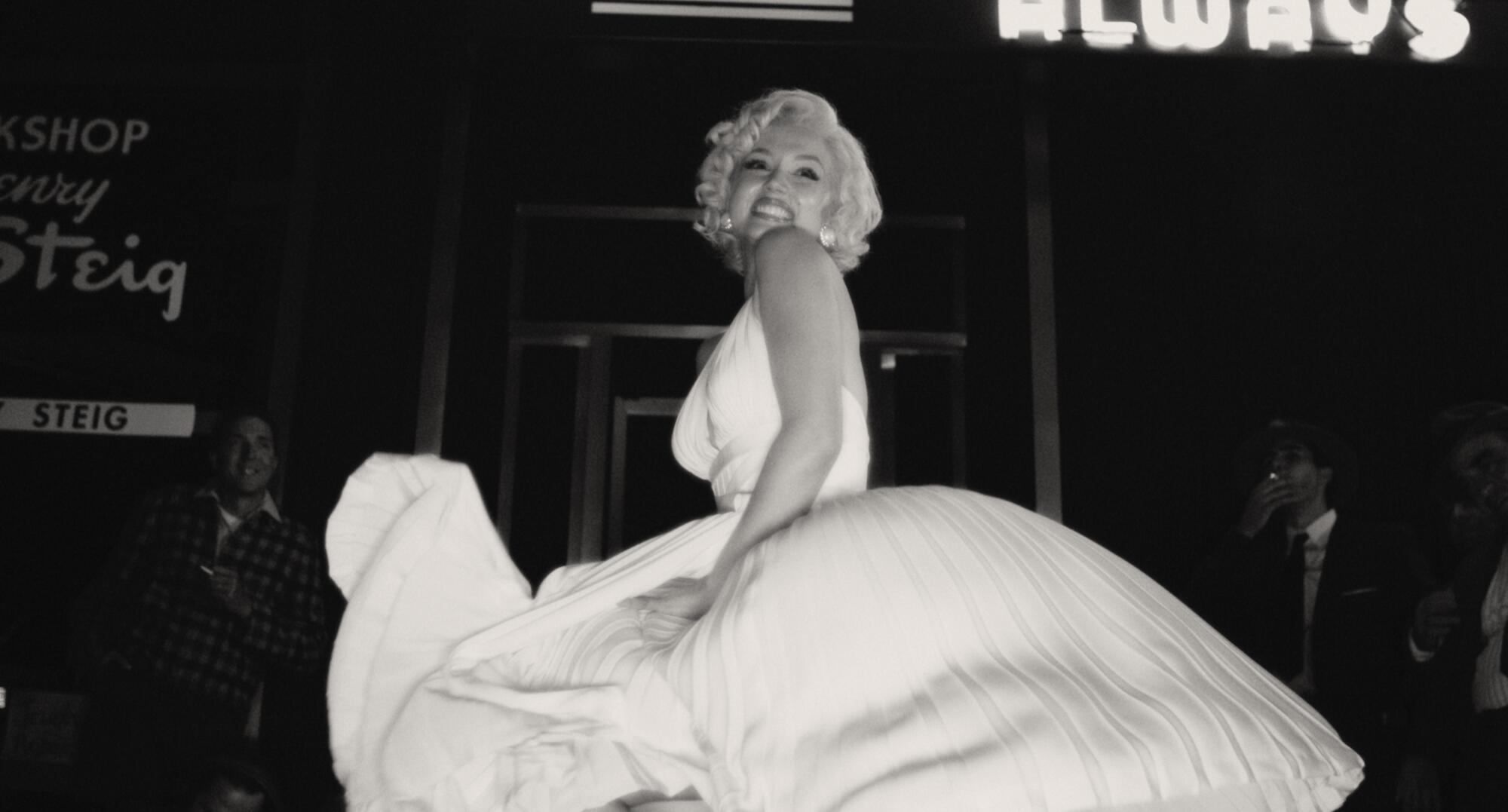
The film then hits select theaters Sept. 16 and launches Sept. 28 on Netflix. It will become one of the streaming giant’s few NC-17 rated offerings, a label attributed to “some sexual content” and one reason it has stirred significant online chatter about its depiction of traumatic events. So far, most of the talk has come from those who have not seen any footage beyond promotional material.
Over the course of its nearly three-hour runtime of fluid and cinematically imaginative vignettes, “Blonde” chronicles Monroe’s abandonment issues, her mother’s mental illness, a sexual assault, a series of volatile relationships, her loss of agency — both of her body and her career — and the expectations she endured from the studio, the men who circled her, and the public at large; all to denounce how Norma Jeane’s personhood was commodified and her pain ignored.
For De Armas, earning the role of an American icon seemed nearly unfathomable.
“On paper I was not supposed to be playing Marilyn Monroe. I’m a Cuban actress. In what world could I have imagined that this was going to happen? Never,” De Armas said, still somewhat incredulous. “The fact that I got this opportunity was just something out of the ordinary.”
The Oscars are seven months away but it’s not too early to take stock of the fall’s early arriving contenders.
Dominik first witnessed De Armas’ onscreen allure in Eli Roth’s 2015 home-invasion horror flick “Knock Knock,” where she played a murderous visitor opposite Keanu Reeves. It was then that he noticed both her physical resemblance to Monroe and the je ne sais quoi of her screen presence.
During the audition process, De Armas chose to approach the role as not a venerated legend but rather a relatable person undergoing extraordinary situations with familiar emotions.
“It doesn’t matter if we’re talking about Marilyn, a famous actress, or not, she’s still a woman,” said De Armas. “And I knew I could understand that part at least.”
“When she read for it, you could feel her — the world revolved around her onscreen,” Dominik recalled via email. “The film didn’t really come to life until Ana appeared.”
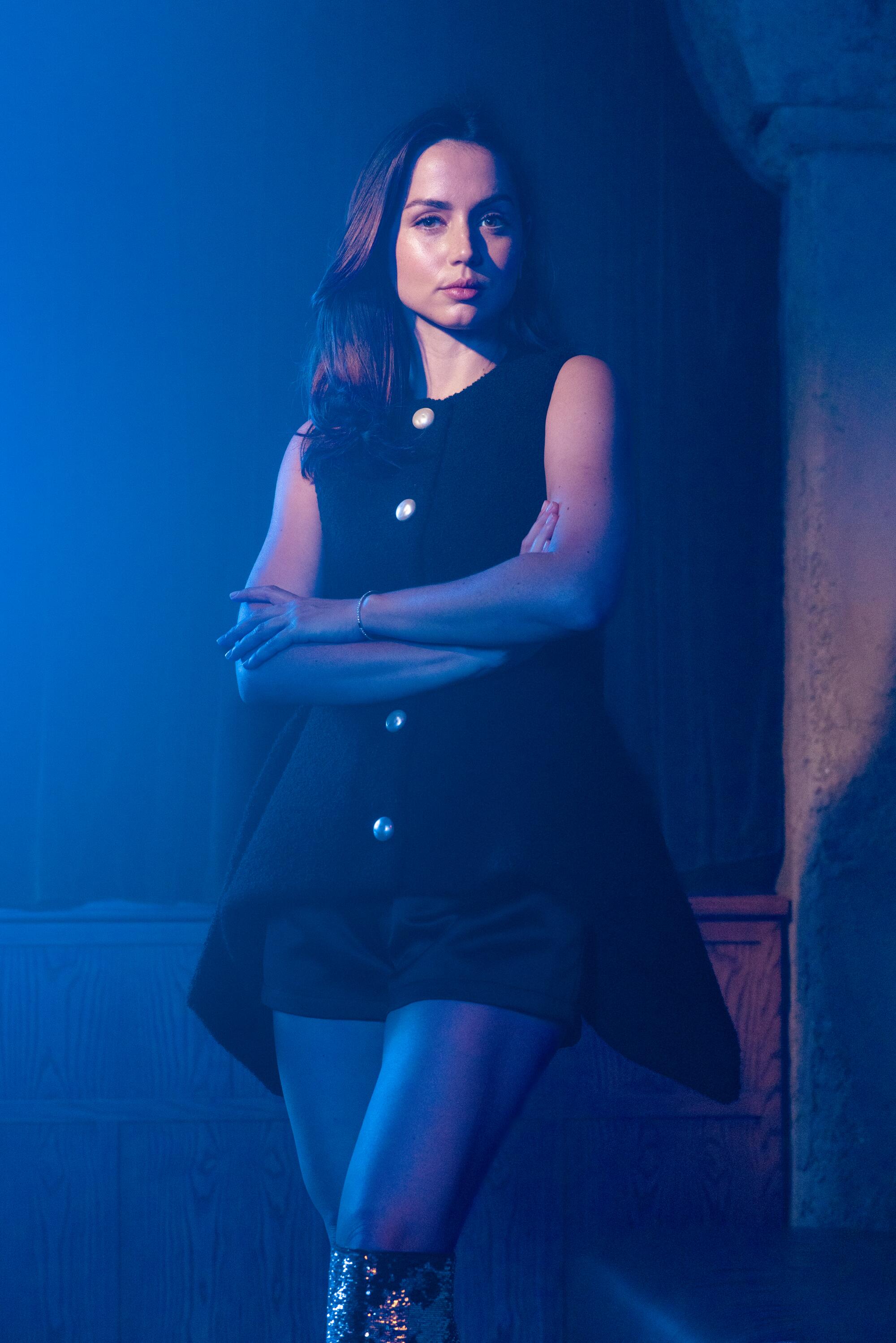
Once officially cast, De Armas began preparing for “Blonde” while still shooting the darkly comedic mystery “Knives Out” for writer-director Rian Johnson. In the eventual sleeper hit, De Armas’ Marta is a quiet Latina nurse working for a wealthy family who unexpectedly finds herself at the center of a whodunit and a fierce battle for a sizable inheritance. It was the film that would elevate her status in Hollywood beyond supporting roles.
“Part of the reason you are rooting for the character throughout is because Ana doesn’t play Marta as a shrinking violet or as somebody who is going to step away. She plays her as someone very much going to go toe-to-toe with the family holding her own,” noted Johnson. “She made the movie work.”
While tackling 12-hour days on the set of “Knives Out,” De Armas would still find the time and energy to Zoom three hours a day with her “Blonde” vocal coach. That unwavering commitment resulted in a detailed examination of Monroe’s speech.
“It was about observing her facial expressions, her mouth, the roundedness of her lips, how she showed her lower teeth, and why the ‘o’s were like that,” explained De Armas. “Someone’s voice is more than just a specific accent. It says so much more about a person.”
Dominik points out that Monroe’s onscreen voice changed over the years depending on who was coaching her. There was a period under coach Natasha Lytess when Monroe would over-emphasize every consonant; then, in the mid 1950s, she transitioned into a baby-like tone, and later into a more naturalistic delivery under mentor Lee Strasberg.
Yet, the voice that most concerned Dominik, and in turn De Armas, was Monroe’s offscreen persona. Dominik cites an interview with Life magazine associate editor Richard Meryman, where Monroe appeared “drunk and quite shrill and brassy,” as one of the few references to her “true” sound.
De Armas came to believe Monroe’s affectations were manifestations of her unmet emotional needs and distress, but the vocal range was only one aspect of her task. She was after a more meaningful pursuit: getting to know Norma Jeane.
“To me, it was more important to understand where she was at emotionally every time, with every line, what was she thinking, what was she feeling, more than anything else,” said De Armas. “That was my goal, to understand.”
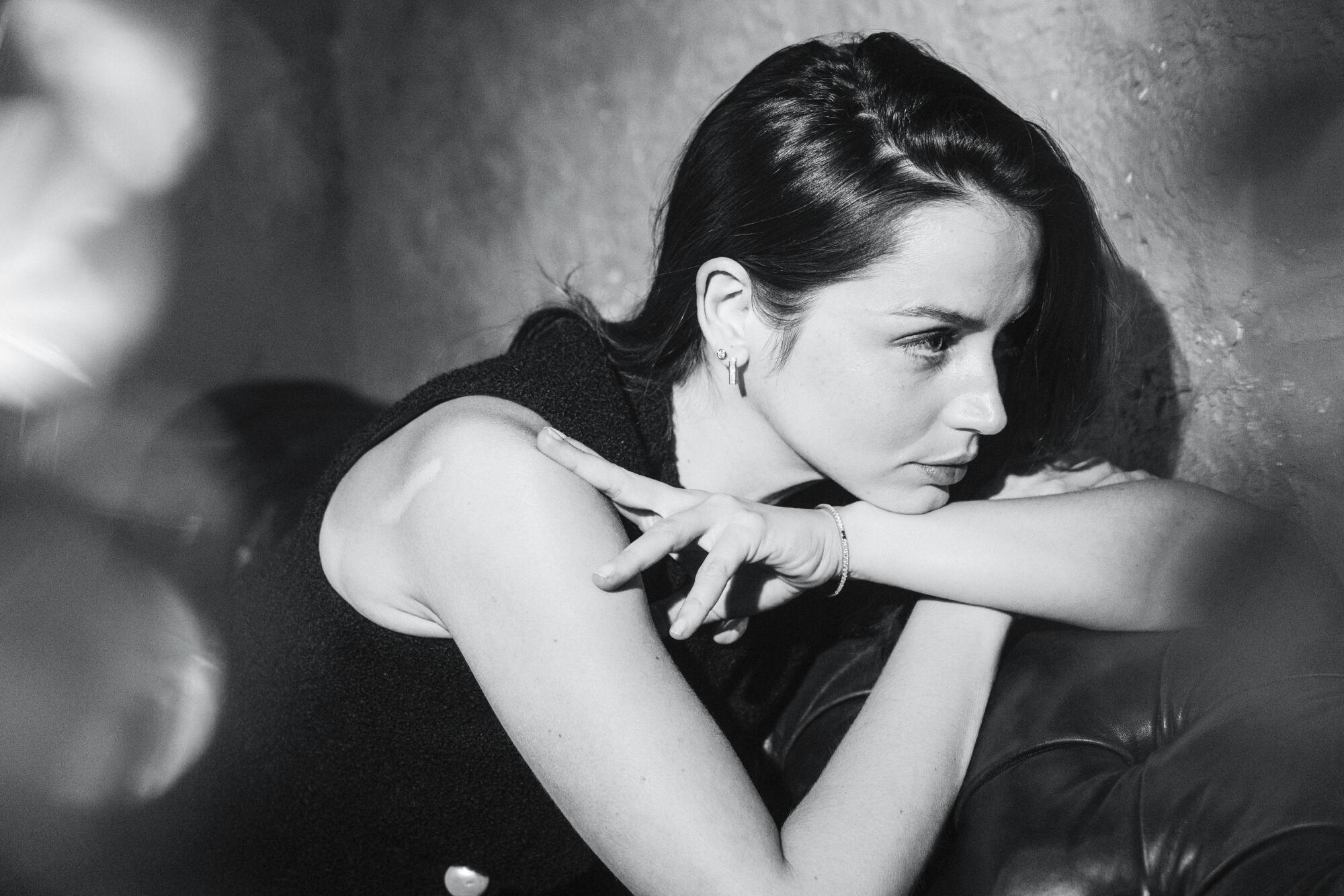
Asked if he had any apprehension in casting De Armas given her own inherent accent as someone for whom English is a recently learned second language, Dominik said: “I had concerns, until I saw her act, then I forgot what I was supposed to be concerned about.
“We felt that we were dealing with Norma Jeane and Norma should sound less like a cartoon of Marilyn Monroe,” he added. “Ana spent a year listening to all the Marilyns and arrived to something which felt real.”
As part of her research, De Armas learned that Monroe took personal speech classes and felt rather insecure about how her voice influenced perceptions of her and her work. Without putting nearly as much pressure on herself as Monroe did, De Armas said she relates to the desire to improve and to be seen as a multilayered artist.
“She associated that with being taken seriously. She struggled with that her entire life,” she said. “She wanted to be considered a serious actress. But that’s not what people asked of her.”
The cornerstone of De Armas’ performance, and of the film’s ethos, is the marked separation between Norma Jeane and Marilyn Monroe. De Armas’ job was to take on a character, Norma, who at times plays Monroe.
“She would talk about Marilyn as if it was someone else, something that she didn’t prepare for. It just happened to her,” De Armas said. “But she had to carry on with it. And it was a love-hate relationship that she had with Marilyn. She couldn’t stand being this image and what was expected from her anymore, at the same time it was what she needed to survive.”

Early on, De Armas instinctively reacted with defensiveness and rage in scenes depicting the many injustices and abuses committed against Norma, until one specific instruction from Dominik helped her comprehend how Norma walked through the world.
“Andrew told me, ‘You’re not allowed to ever express anger — that is not in her survival kit. She cannot afford that. You have to find other ways to get out of the situation, other ways to survive,’” De Armas recalled. “How do you navigate a normal life, let alone being her and living in that world, without being able to express anger or have boundaries?”
De Armas had to grapple with how Norma used a demeanor of defenselessness as a defense mechanism. Since she couldn’t fight back against the male-dominated systems that controlled her existence, she relied on finding protectors to rescue her. That in turn guided her physicality and how she interacted with the world.
“Everything in the way she moved, the way she spoke, her tone, her breathiness, her facial expressions, her lips and her sensuality, it was all connected to her emotions,” said De Armas. “It was not a calculated thing. When you don’t have the support that you need around you, when you’re alone, completely alone, what do you do? Well, the best you can.”
Harry Styles is ready for his big screen breakthrough but he’s not the only actor set to make a big impact this fall.
As De Armas worked to nail the interior of her character, a similar effort went into re-creating her exterior appearance. Concerned that simply mimicking Monroe’s makeup on De Armas wouldn’t produce the desired results, Dominik’s direction to the hair and makeup team was, “You cannot do Marilyn’s makeup on Ana. You have to make Ana look like Marilyn.” No prosthetics were employed, only subtle touches to capture Monroe’s most essential features.
“Ana De Armas seems to have captured the quicksilver commingling of emotions that characterized Marilyn Monroe — an air of childlike expectation and yearning,” said Oates via email, offering high praise for her turn. “No one of Marilyn Monroe’s numerous imitators — like Jayne Mansfield— came close to capturing her vulnerability as Ana de Armas has.”
Co-star Bobby Cannavale, whose character is inspired by Monroe’s short-time husband and baseball player Joe DiMaggio, met De Armas for the first time while she was in full costume, right before shooting one of their intense scenes together.
“The physical transformation was astonishing, but the fragility with which she walked through the room, and her attempt to put on a kind of armor while maintaining that fragility, was really striking to me,” Cannavale said by phone. “Whatever it was that she was emanating, it very strongly came through.”

One of Cannavale’s scenes with De Armas features an act of physical violence — which, according to Dominik, was executed with strict boundaries discussed prior to the shooting. It’s one of a handful of mostly implied moments where the heroine endures abusive behavior from men, and despite some concerns already expressed by Monroe fans that the film will exploit what the actor went through, both the star and auteur of “Blonde” stand by their intent.
“We made a movie about Norma Jeane. Otherwise, Norma would’ve remained invisible. We’re talking about the opposite of Marilyn Monroe. We’re talking about humanizing this person who hasn’t been seen and who was going through all of this, and she didn’t have anybody there for her to help her who didn’t have an agenda or didn’t need something from her,” said De Armas. “My hope is that people feel more respect for her now that they can know her struggles and what she went through.”
“Depicting traumatic events is the opposite of exploitation,” added Dominik. “Showing a glamorous surface without acknowledging trauma is the very definition of exploitation.”
In addition to the private turmoil she experienced, Monroe was the victim of public scrutiny. Every element of her life seemed up for grabs for the era’s tabloids. Today, De Armas empathizes with the feeling of violation that comes from having her intimacy exposed, as she experienced in her romantic relationship with actor Ben Affleck.
Fall arts and entertainment picks from music, books, TV, arts and movies.
Though she was never naive about the side effects of notable fame, De Armas said that making “Blonde” reinforced her ferocious stance on protecting her privacy at all costs. She confessed that while she has an Instagram account, she often questions its use and value.
“Nowadays the studios might not own actors, but the media does, and it’s pretty sad and very scary. I try as much as I can to not be a part of that and to live the life that I want to live and share what I want to share,” she said. “Unfortunately, that’s not always in my control and it’s just the world that we’re living in now.”
De Armas, certain that most days she still speaks more Spanish than English when not doing interviews, explains that the difference is that unlike Norma Jeane, she has people around her who prevent her from ever dwelling on navel-gazing thoughts or frustration.
“You know what it’s like, you always get on the phone with your people. You always hear about what I call ‘real-life problems.’ There’s no way for me to not be connected to that because it’s my daily life. They’re here all the time,” she said, holding up her cellphone, the vehicle that preserves her bonds across the globe in Cuba, Spain and Los Angeles.
“I feel like my essence is still where it’s supposed to be. It’s still there, full on, untouched. I feel pretty grounded,” said De Armas. “Sometimes I have to do things for my job like going on a press tour and promote movies and do red carpets. It’s part of the job, but I want to keep those reminders of who I am close to me.”

Given that the journey for “Blonde” to reach the screen started several years ago, De Armas has let go of the initial pressure she felt about playing Monroe. She trusts her work and says she’s not worried about audience reception. That the film exists, and she defied the odds to be a part of it, is enough.
“Whatever happens with the movie, it doesn’t matter. It matters that we told a story that we believed in. It matters that I played a character that I was not supposed to play, that I challenged myself, that I grew as an actress and as a person,” said De Armas. “That’s what I take with me.”
On the other side of the most demanding feat of her flourishing career, De Armas reflected on how Hollywood represents — or, more consistently, misrepresents — the many groups that comprise the diverse Latino ethnicity, often reducing specific experiences to broad generalizations.
“About the opportunities that are out there today for us Latinos, I can tell you from my perspective, they’re not enough,” De Armas said. “And I don’t feel like the parts that are there very well capture our essence, who we are, our communities, what we like, how we do things and our stories.”
With that in mind, De Armas still cherishes the three films she made as a teenage theater student in her native Cuba before migrating to Europe: “Una rosa de Francia,” “Madrigal” and “El edén perdido.” These early opportunities provided her with a foundation and a hands-on education that defined the actor she would become.
“Those movies, they meant everything to me. They were the confirmation that this is what I want to do, these are the people I want to be with. This is where I’m the happiest. This is where I feel the most creative,” De Armas said. “They were so much fun without me even understanding yet what making a movie was.”
Visibly emotional, De Armas recalled a recent Facebook post from one of her former classmates in Cuba, who shared a photo with memories of their younger days and congratulations on her accomplishments.
“That’s when you realize that the opportunity is for you, but it’s bigger than you. It reflects on your people. It shows them that the impossible is possible. Whether it’s my former classmate or the new kids in the first grade of drama school, they can now believe they can get roles like Marilyn Monroe,” she said. “That’s why I did it. Maybe subconsciously I didn’t know people would feel that way about me taking this on, but deep inside, I did it for them.”
The 2021-22 Oscar season ended in disaster; the summer was a mixed bag. As the industry shakes off COVID’s effects, our critic urges caution — and optimism.
More to Read
Only good movies
Get the Indie Focus newsletter, Mark Olsen's weekly guide to the world of cinema.
You may occasionally receive promotional content from the Los Angeles Times.
